Revisiting Baldomero Aguinaldo Museum (Museo ni Baldomero Aguinaldo)
After five years, I was able to revisit the Baldomero Aguinaldo Museum in Binakayan, Kawit Cavite. Not too far from the Aguinaldo Shrine is another museum dedicated to Baldomero Aguinaldo. The province of Cavite will not be regarded as the Historic Capital of the Philippines for no great reason. Almost every town of Cavite has special place to offer and each has huge historical significance. The town of Kawit alone, has a great number of historic sites to offer.
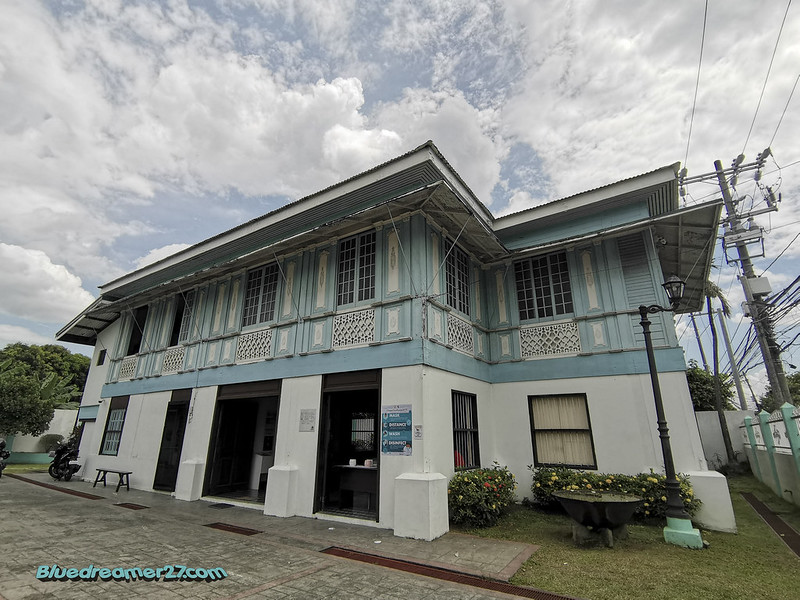
There’s the famous Aguinaldo Mansion where the Philippines Independence day was declared and the historic Saint Mary Magdalene Parish that is regarded as one of the oldest churches in the country. Little did we know, there’s also another historic site in Kawit that is absolutely worth visiting. Baldomero Aguinaldo Museum is located at Bisita St, Binakayan, Kawit, Cavite.
Honestly, I can barely recall the name of “Baldomero Aguinaldo” in any of the history textbooks I had back in grade school. Interestingly, Baldomero Auinaldo, was in fact, the first cousin of Emilio Aguinaldo and is one of the three Aguinaldos who became generals of Philippine Revolution. Aguinaldo organized, along with his cousin Emilio, the Magdalo chapter of the Katipunan in Kawit. He became president of the council. In the early days of hostilities, he always stayed at the side of his cousin Emilio. He fought in several bloody battles.

The Baldomero Aguinaldo Shrine is also one of the three museums in Cavite that is being managed by the National Historical Commission of the Philippines (NHCP) along with the Aguinaldo Mansion (also in Kawit) and the Bonifacio Trial House in Maragondon. Unlike the Aguinaldo Mansion, however, The Baldomero Aguinaldo Museum is relatively smaller in size. It’s a two-story building that once served as the official residence of General Baldomero Aguinaldo and his family which was originally built in 1906.
Like most of the ancestral houses in Cavite, the Baldomero Aguinaldo Museum features a typical “bahay na bato” style. It features an elevated, overhanging wooden upper-story nipa hut and a concrete ground floor. Today, the building now serves as a museum showcasing important relics and memorabilla of the late revolutionary hero.

Nothing much was changed since my last visit except for the show room in the ground floor. The ground floor which was once used as a storage for farm produced, woods, and more doesn’t feature much items.
 It comes with a show room where visitors can watch brief history about General Baldomero Aguinaldo and a small collection of items like woven baskets, jars, and a bronze bust figure of the late revolutionary hero.
It comes with a show room where visitors can watch brief history about General Baldomero Aguinaldo and a small collection of items like woven baskets, jars, and a bronze bust figure of the late revolutionary hero. 
As you enter the building, you will also be welcomed by a wooden staircase that leads you directly to the upper floor.
The Sala
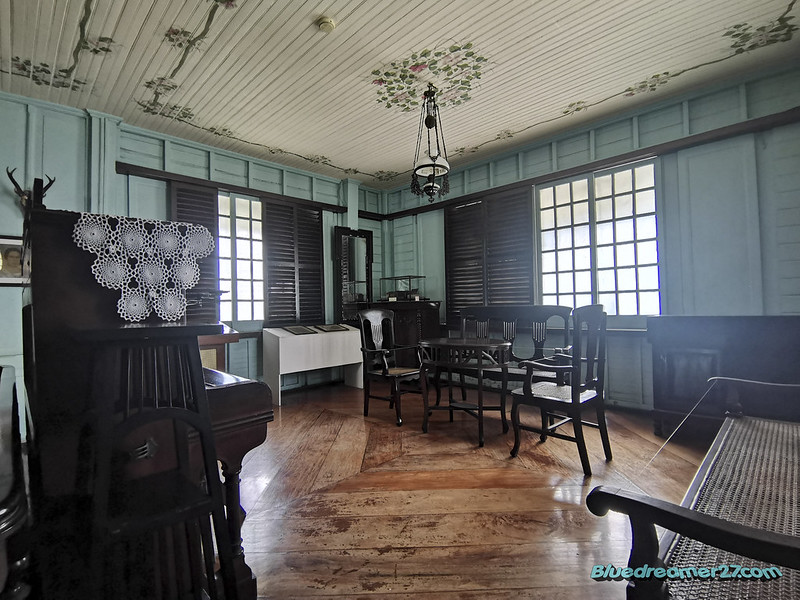
Visitors will be welcomed by by a well-decorated ceiling. The living room or sala is filled with many huge portraits in almost every wall.

At the heart of the living room is an antique piano sitting beside the stair’s balusters
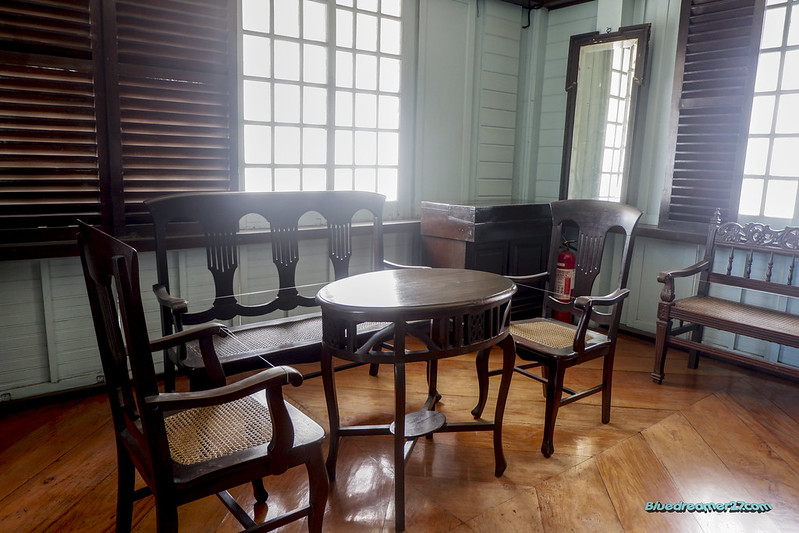
There’s also a coffee table and wooden chairs in the sala.
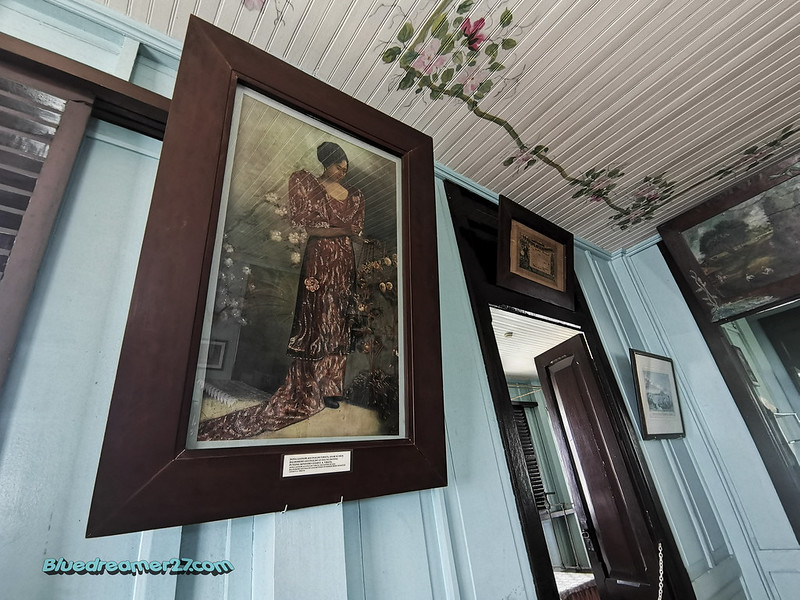
Here’s a huge portrait of Doña Leonor Aguinaldo Verata, daughter of Baldomero Aguinaldo.

One of the vintage ceiling lamps in the museum.
The Cuartos
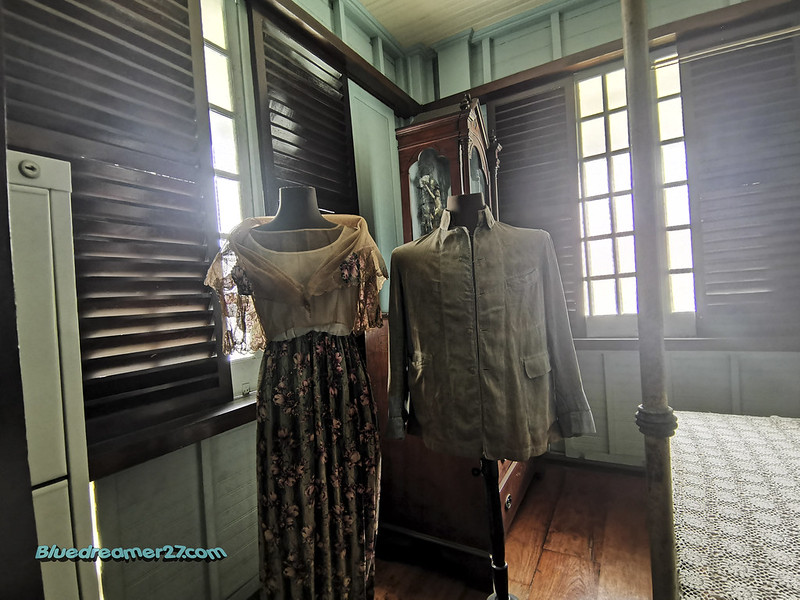
Similar to Aguinaldo Mansion, there’s also a room in this house that highlights old clothes. One is a classic Filipiñana dress and the other one is a “rayadillo”. You can also spot one in Aguinaldo Museum. Rayadillo served as the uniform of the Army of the First Republic of the Philippines. It was suggested by Antonio Luna and was designed by his brother Juan Luna.
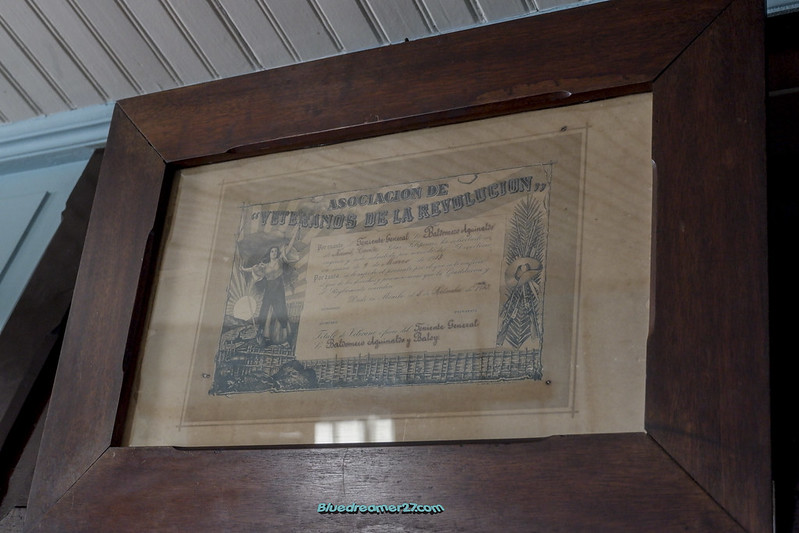
During his retirement years, Baldomero Aguinaldo became a farmer so he could enjoy a quiet and prosperous life in his hometown. Despite this, he never forget his revolutionary comrades. He was elected the first president of the Association of Veterans of the Revolution (Asociacion de los Veteranos de la Revolucion Filipina) in 1912

Each beadroom will showcase antique furniture. Like most houses during he Spanish era, the house was made from hardwood. This house, in particular, is made from Molave and Narra which provide an excellent natural ventilation.
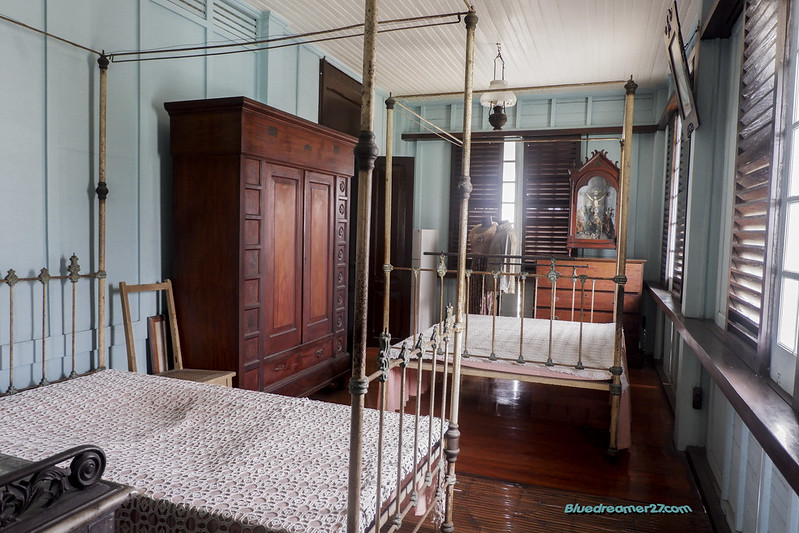
The setup for bedrooms are very much the same with other popular ancestral houses like the ones in Aguinaldo Mansion and Casa Manila.
The Comedor
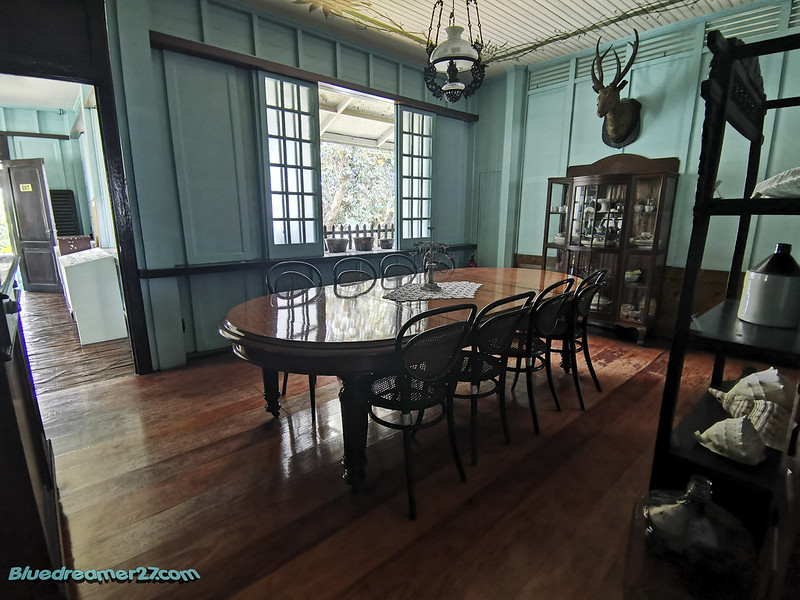
The Dining room features a huge wooden dining table.

There kitchen also highlights a China Cabinet made of narra, lanite, camagong, and glass.
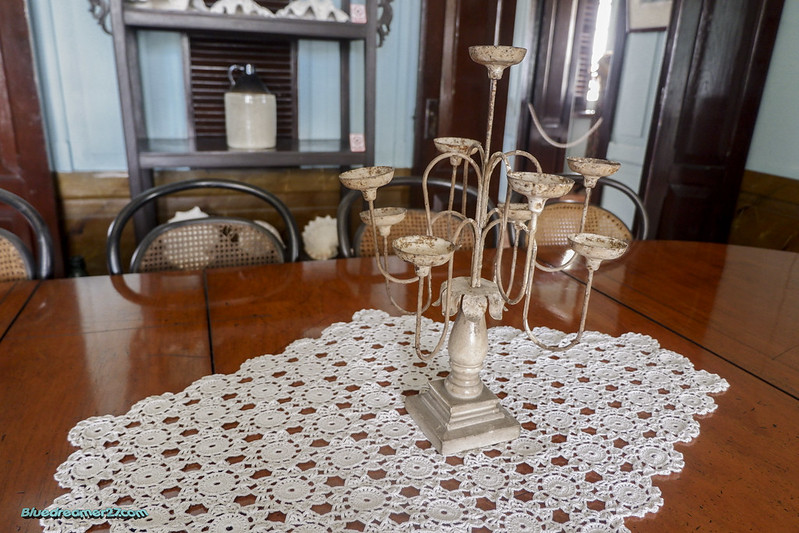
An old candle holder
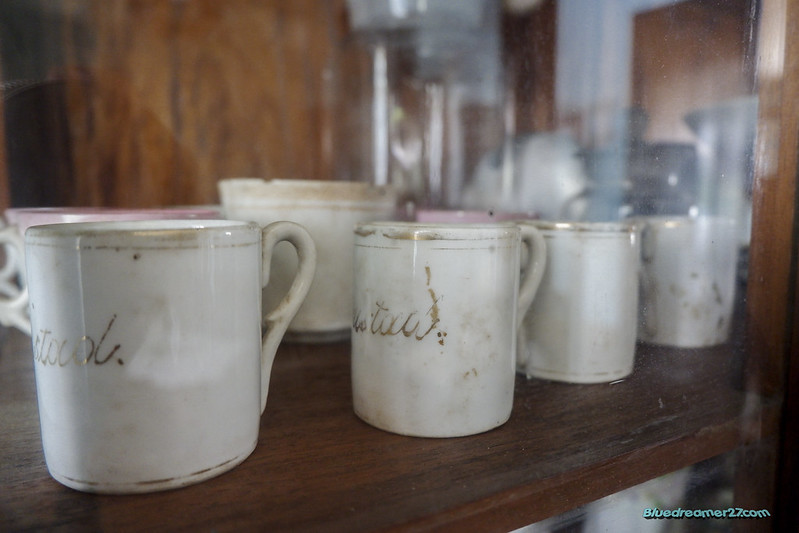
Inside is a platera with collection of different chinaware.
The Cocina
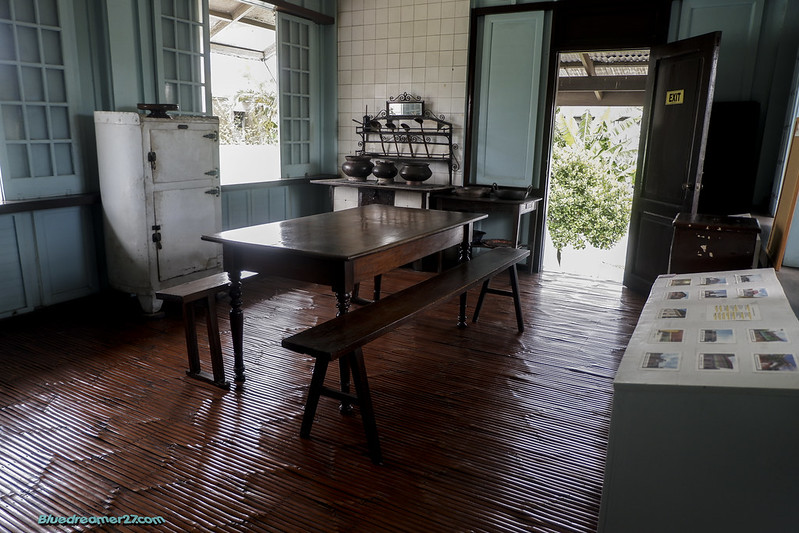
Adjacently located to the dining room is the kitchen area. Interestingly, the floor of the kitchen is made out of bamboo. The purpose of this is to provide natural ventilation.
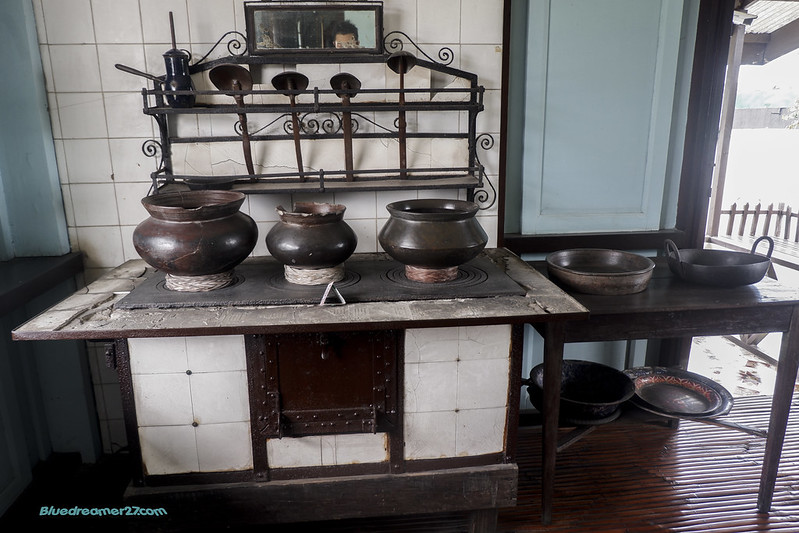
A vintage stove with claypots and other old cooking ware
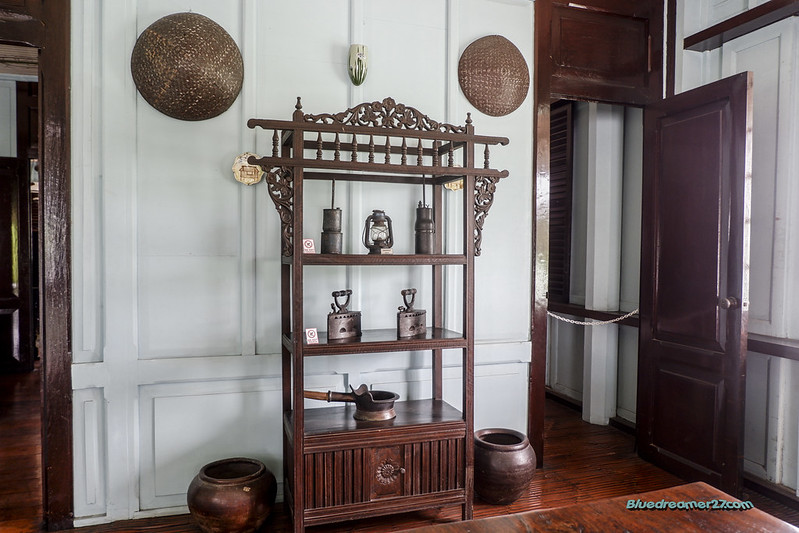
A wooden cabinet filled with other vintage items like old coal irons, lamps, jars, and more, You can also spot a couple of old “bilao” hanging on the wall.
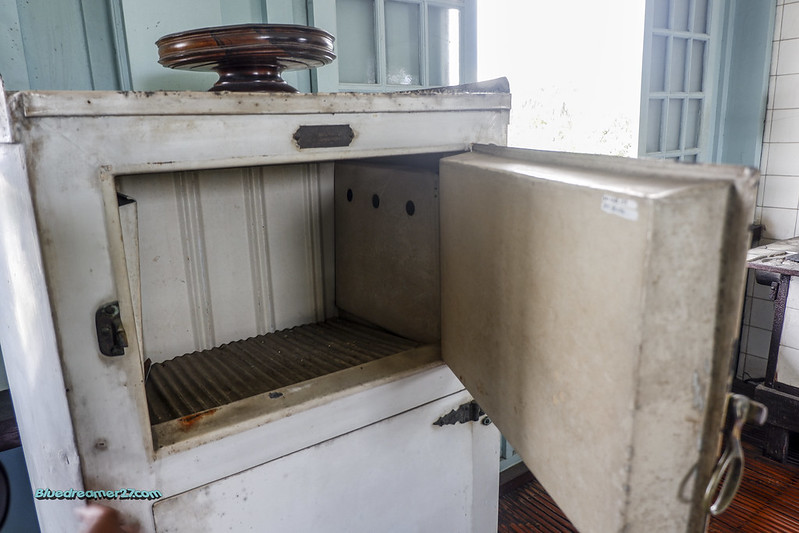
Possibly one of the most interesting items here is the vintage icebox. It’s a huge metal icebox with two compartments
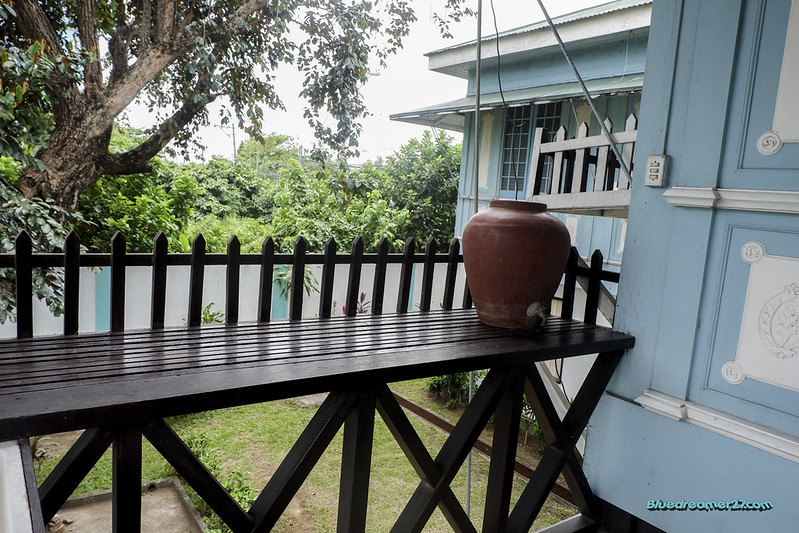
Like most ancestral houses during the Spanish era, you can also spot the so-called “banggera” protruding outside the windows. Banggera is where the washed dishes were placed and dried upside-down on wooden spikes. You can spot these in other museums like Casa Manila in Intramuros and Doña Aurora House in Baler.
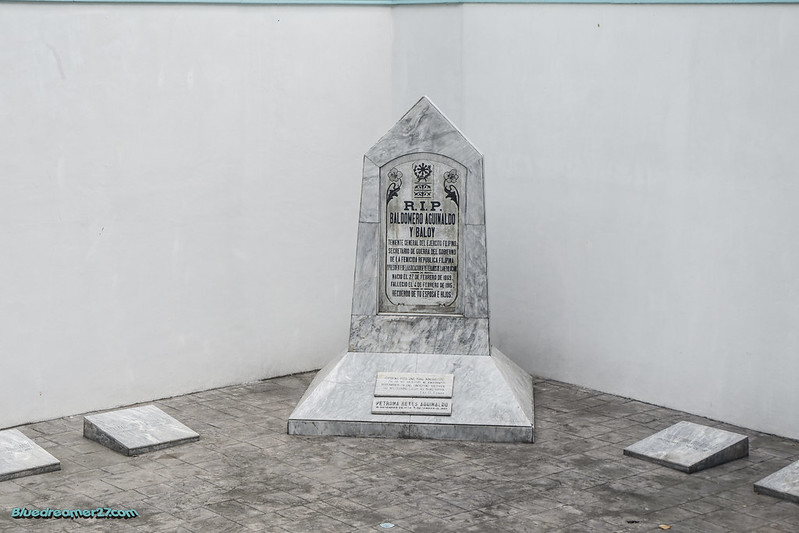
Outside the museum lies Baldomero Aguinaldo’s tomb along with other family members. Gen Baldomero Aguinaldo died in Manila of heart failure and rheumatism on February 4, 1915 at the age of 45 and was int
erred at the Manila North Cemetery. His remains were later exhumed and brought back to his home in Kawit.
It was truly a great experience to visit this historical site again. The musuem was opened briefly prior to the second lockdown but was then closed again to public after the GCQ implementation.
How To get Here :
- From Coastal Mall, ride a bus bound to Dasma Pala Pala. Tell the driver to drop you off at SM Bacoor.
- From SM Bacoor, ride a bus bound to Cavite City, Tanza, Ternate or any passenger buses going south but make sure that they will pass through Binakayan (Do not ride on buses that will pass through Island Cove)
- Tell the driver to drop you off at 7 Eleven Binakayan and from there, you can either ride a tricycle or just walk until you reach the Baldomero Shrine!
Feel free to watch my vlog below (and don’t forget to subscribe 🙂 )
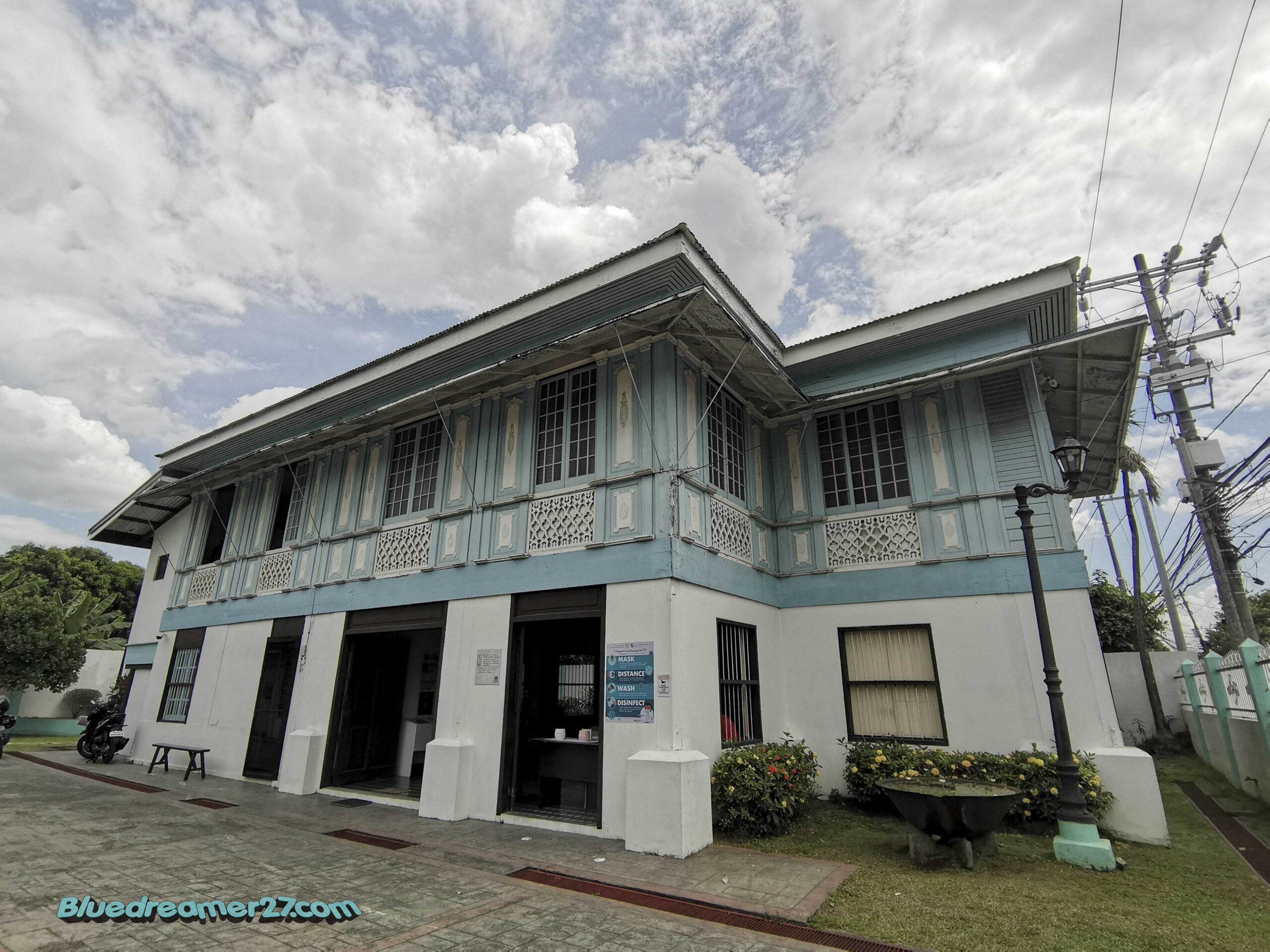

Pingback: Let's Explore Museo ng Republika ng 1899 (Barasoain Museum) - It's Me Bluedreamer!
Pingback: A Detailed Tour of National Museum of Fine Arts: Important Artworks and Galleries You Should Not Miss - It's Me Bluedreamer!